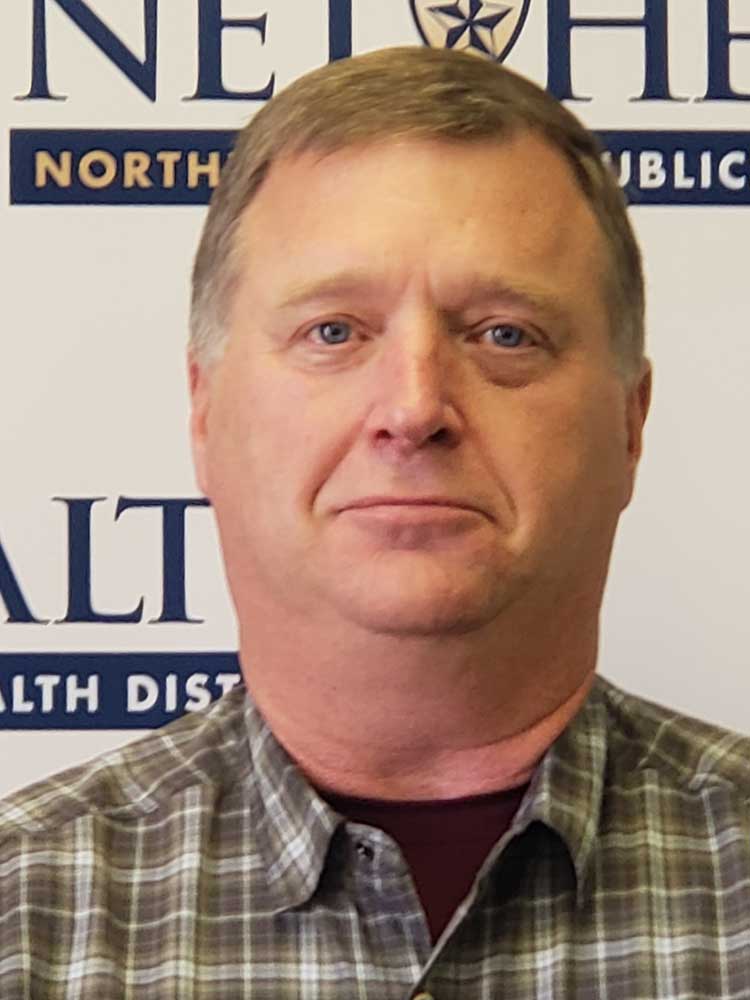Plan ahead to get the biggest return on investment possible should disaster strike
Published 6:15 am Sunday, September 1, 2019

- Russell Hopkins
We live in an environment with great comforts — and threats to our resiliency. Whether it is mosquito-borne disease, dysentery from unclean water or respiratory ailments from mold after flooding, you should have a plan to limit your exposure to those threats. Heat or cold emergencies can slow or eliminate your ability to bounce back from a disaster. Our lives are dependent on our social environment as much as the food and water needed to live. Your resiliency is greatly affected by your family, your friends and your faith. As you think about the fabric of your life, please consider those things that make you more resilient as the Return On Investment (ROI) for times of disaster.
September is National Preparedness Month. Public health officials and Public safety planners will be featured in various media, touting the need to make a disaster plan and to build a preparedness kit. These two actions are great in helping your family in the first 72 to 96 hours after a disaster. However, the hard work of recovery from a disaster doesn’t get the attention that the response and rescue phase of the event garners. The subject is hard to disseminate in the limited space of a newspaper article or television spot because it is worth the ROI in our planning duties to address recovery preparations as we face all threats from flood and fires to disease and drought.
Resiliency is defined as the ability to bounce back from a life-changing event such as weather-related emergency. A populations’ resiliency has a direct impact on the cost of recovery. Hurricane Harvey has cost an estimated $125 billion, and it is not the most expensive storm in our country. These events are the very definition of a disaster, and recovery efforts will take many more years. NET Health plans for these events and encourages you to do the same for your family, business and places of worship.
ROI is not easily applied to disaster recovery; public health officials know that vaccines provide an ROI of $7 for every dollar spent. Preparedness efforts can yield an ROI from 7 to 1 up to 16 to 1, depending on the nature of the disaster. The unique nature of a disaster makes it hard to calculate the exact ROI, but the ROI from preparing your household for a disaster is easier to determine. For example, if you spend $10,000 to mitigate wild land fires damaging your $100,000 home, the ROI is 10-to-1, or that every $1 investment has saved $10 if your home doesn’t burn.
So, where do you spend your time and money to increase your resiliency and increase your ROI? Let’s start with your health.
As seen in Puerto Rico, most deaths occurred after Hurricane Maria’s passage. A combination of destroyed facilities and poor health conditions made this storm more deadly than Hurricane Katrina. Access to health care remains a primary impediment to health outcomes in East Texas. Having access to health insurance and therapies prior to a disaster is key to being resilient post disaster. A person with elevated blood pressure that is untreated before the disaster may be put into a life threatening situation in the aftermath of a disaster. Patients who are dependent upon electrical medical devices should plan on meeting their needs by having access to a generator or knowing where to shelter, well before the disaster has occurred.
Financially, you should make plans to cover damages to your home or business. Insurance policies should be reviewed annually to ensure there aren’t any gaps in coverage. Access to your money may be limited by impacts to the banking system, so you should have some cash on hand. If you own a business, how will you manage to exchange and bank money? If you’re an employee, does your employer have a plan to keep business functioning? If not, suggest that a continuity of operations plan be developed.
Your NET Health will focus on a variety of health issues that hold importance to your community. If you have questions about our article or if you have a topic or topics that you want us to cover, send us an email to ContactUs@netphd.org. We are here to serve you.
Russell Hopkins is director of public health emergency preparedness at NET Health.







